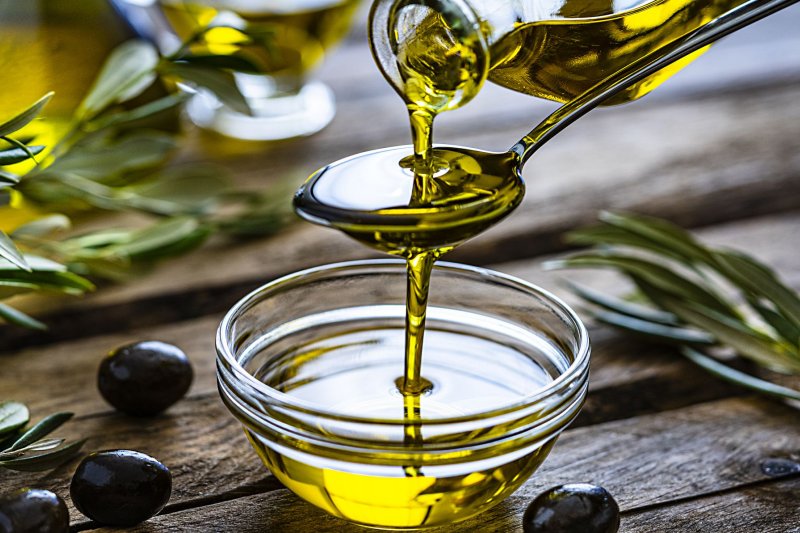Olive Oil's Price of Export Hiked by 25% after Overproduction
In 2022 there was an overproduction of olive oil, where initially many farmers faced a lack of sales market.
In May, the market was opened for the export of olive oil, especially in Italy, which is then processed as a foreign brand. The increase in demand for Albanian rifujho oil was affected by the lack of olive production in Spain and Italy, whose crops were affected by the spring drought.
Olive oil was collected from collection points at a price of up to 400 ALL per liter, where the farmers estimated that the sales were below cost. So many farmers claim that in recent days the selling price of oil that is processed as a foreign brand for export has increased by 25%, reaching 500 per liter, due to the high demand that continues to be abroad.
For the period January-June 2023, according to the data of the Ministry of Agriculture, 1,400 tons of oil were imported, compared to 326 tons of oil that were imported in total in 2022. Compared to 2022, exports up to the month of June have tripled.
The director of the General Directorate of Agriculture and Rural Development, Irfan Tarelli, told Monitor that compared to years, olive oil imports are many times higher. According to him, the average selling price is 600 ALL per liter.
After the acute problem of last year where farmers were faced with high production of olive oil and due to the lack of sales they were forced to store it in their homes, according to Tarel, the Ministry of Agriculture plans to continue with the strategy to promote exports , through the implementation of 3 measures.
"We plan to increase the collection, storage, packaging and labeling capacities of olive oil. Funding for these purposes will be part of the IPARD III program that is expected to start soon. So the same 50% financing scheme from IPARD funds and 50% from the applying entities will continue to be followed.
Another measure for the olive culture will be the continuation of the farmers' organization for the union of plots with olives. This initiative has started its implementation in the municipalities of Roskovec and Vlora. It is expected to be implemented in other municipalities as well, despite the fact that it is difficult, because of the farmers' mentality of not joining the plots.
Also, for this year, we foresee the establishment of accredited laboratories near the Agricultural University with the aim of providing free analyzes for the quality of olive oil", he affirmed.
In total, according to the data of the Directorate of Rural Development, 150,000 tons of olives were produced in 2022, about 40% more than in 2021. In total, the oil produced reached 25,000 to 30,000 tons of olive oil.
Tareli said that for 2023, the amount of olive production is expected to be lower than due to unsuitable climatic conditions.
The Ministry of Agriculture predicts that 140 thousand tons of olives will be produced in 2023.
(Source: Monitor)













